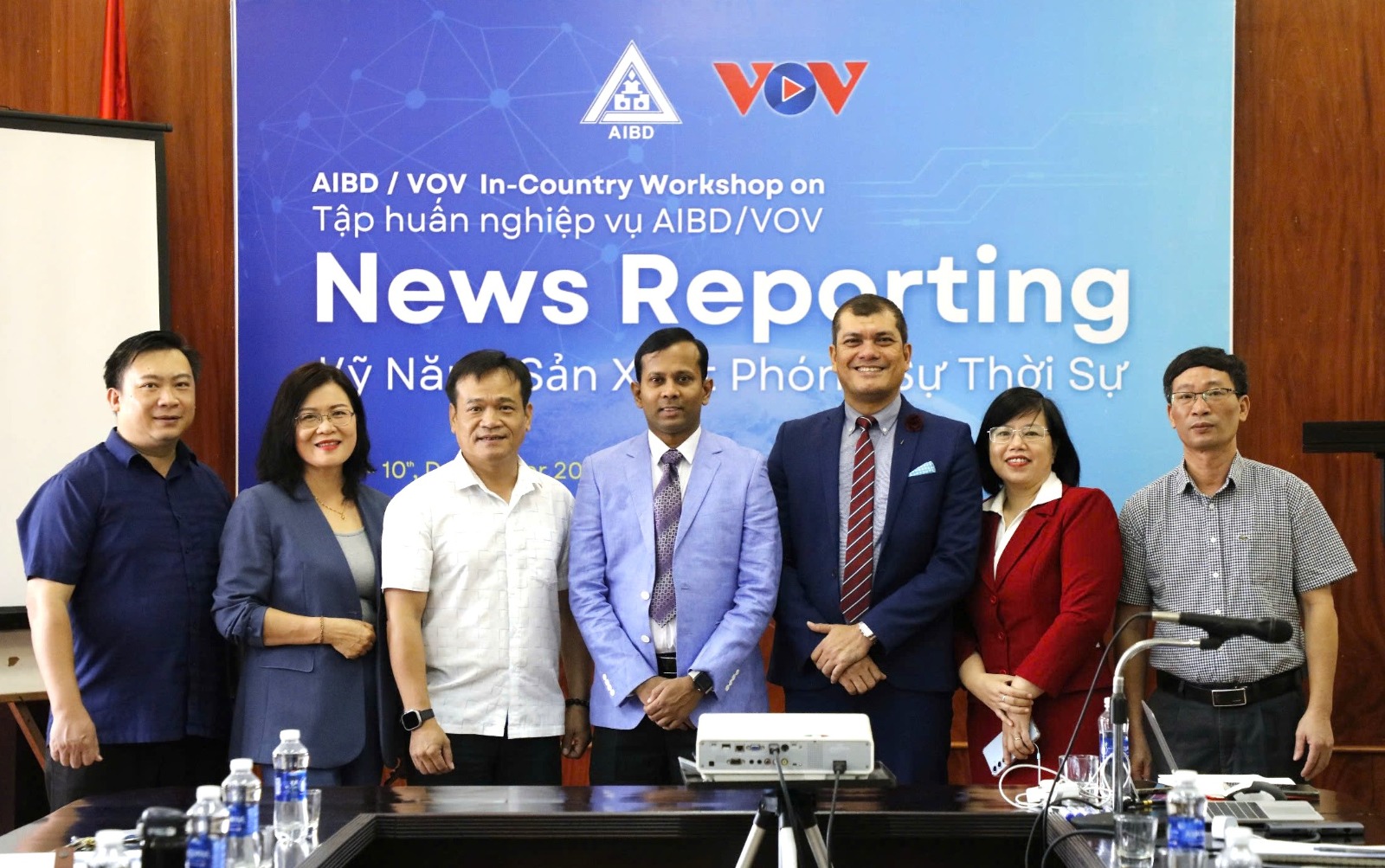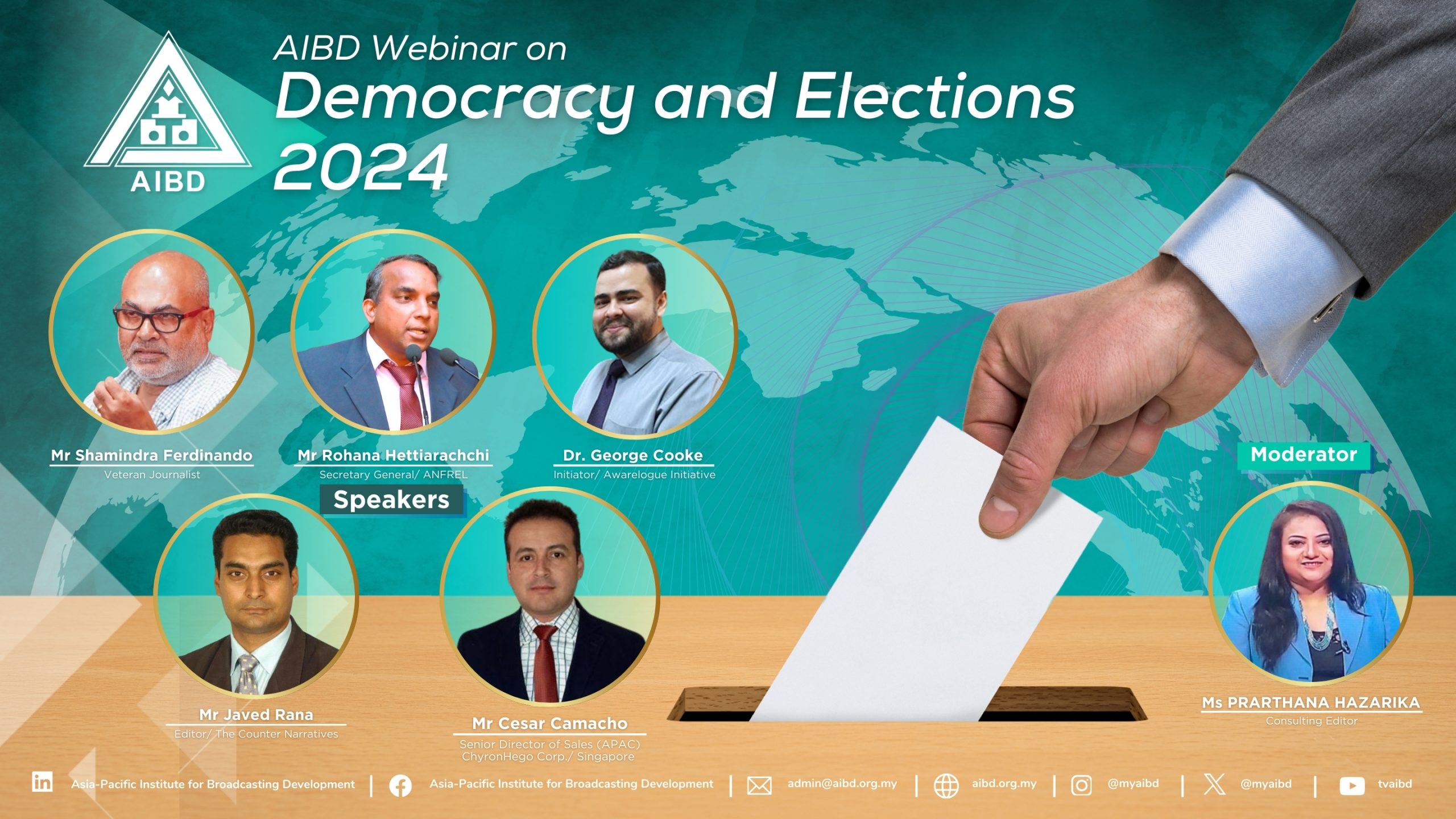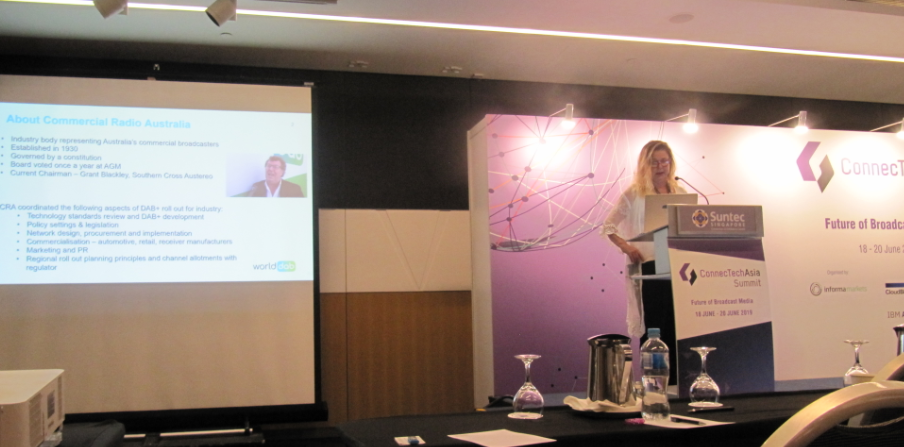
Seminar@BroadcastAsia 2019 : Digital Radio Implementation and Transition Strategy
The development of digital radio has led to improved spectrum efficiency, more channel capacity, or a combination of these benefits. Digital compression techniques used in audio systems have improved sound quality at low bit rates to the extent that radio broadcasts can be made on location and then transmitted to the broadcaster’s production studios over telephone circuits in high quality. Ideally, to reach the widest range of listeners, a digital radio system should be capable of being transmitted via terrestrial, satellite and cable systems. The eventual transition from analogue to digital for all communications systems including radio is inevitable and will happen in time. The decision for managers today is to find the best balance in timescale for the public interest for their environment. The timescale for the analogue to digital transition for radio is not the only complex decision that needs to be made today. Unlike the situation for analogue radio, common worldwide standards for digital radio have not been possible in our more complex world. A number of different systems have emerged, each with their own environments and proponents. Broadcasters and regulators need to evaluate the alternative systems and decide which is the optimum system for their environment.
Asia Pacific Institute for Broadcasting Development (AIBD) conducted Seminar on Digital Radio Implementation and Transition Strategy in collaboration with Asia Pacific Broadcasting Union (ABU) and supported by Informa/UBM Singapore during BroadcastAsia-2019 on 18 June 2019, at Suntec Singapore. The primary objectives of the event was to understand technology of Digital Radio Standards; Trends and Strategies being adopted for transition to Digital Radio Broadcasting all over the world; Share case study and experiences on transition from analogue to digital broadcasting; Build skills on smooth transition from Analogue to Digital Radio broadcasting. For providing equal opportunities to two competing standards such as DAB+ Digital Radio and DRM Digital Radio, experts from both consortium were invited to discuss the respective digital radio systems and implementation. The first 90 minutes of the seminar was allocated for the DAB speakers where four experts in the technology talked on DAB/DAB+ Digital Radio. Another 90 minutes of the session was for DRM and three experts discussed the DRM digital radio.
The DAB/DAB+/DMB family of standards is the most globally widespread digital radio broadcasting platform, offering radio broadcasters significant cost advantages and offering regulators considerable spectrum efficiencies over analogue and other digital systems. It was originally planned for implementation in two spectrum bands: VHF Band III and L Band, although the use of L Band has now been deprecated.
DRM is a digital radio standard for the existing radio broadcast bands (as deployed for analogue AM and FM radio). It supports both local/regional coverage scenarios, as well as large-area and international transmissions. DRM focuses on digitizing and enhancing radio services and transmissions of individual broadcasters. The DRM system encompasses a high level of flexibility in its design. The DRM standard has two main configurations, depending on the frequency of transmission. “DRM30” is the term applied when the frequency is below 30 MHz (the traditional AM bands). “DRM+” is the term applied when the frequency is in the VHF bands, that is between 30 MHz and 300 MHz. DRM30 can be used in either 9 or 10 kHz channels, and also provides high capacity modes using double channel bandwidths. DRM+ is used in 100 kHz channels. Therefore DRM can operate in the existing channel assignments defined in the past for analogue transmissions.
The first speaker in DAB session Mr. Lindsay Cornell, Principal System Architect, BBC talked about Global DAB+ digital radio status. He said 41 countries with DAB services on-air, 500 million people receive DAB signal and over 75 million DAB receivers sold. He also touched upon DAB+ enhance metadata, data applications, emergency features of DAB, multiplexing, system design and coverage of DAB services.
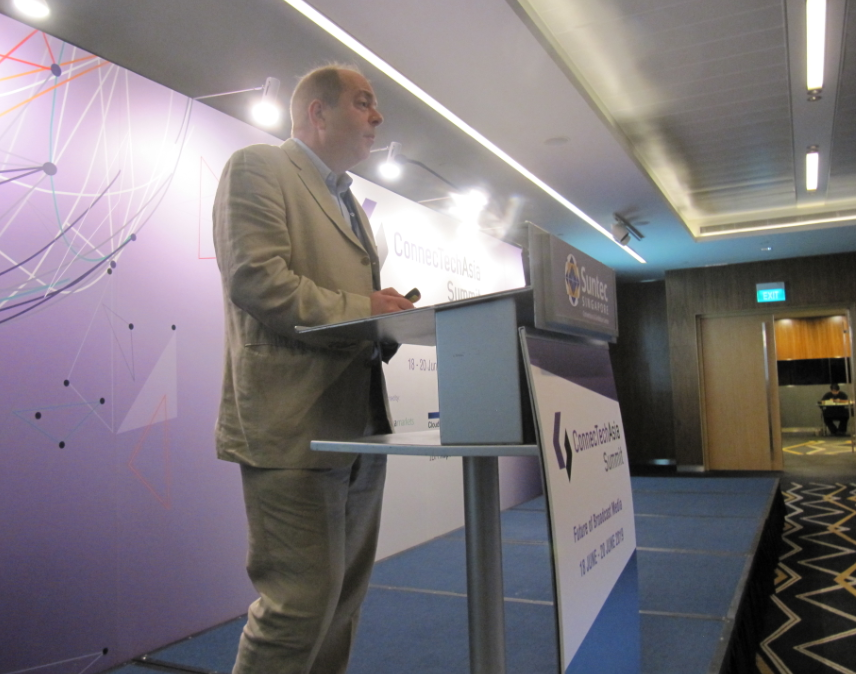
Mr. Rich Redmond, President-Managing Director-International of Gates Air in his presentation discussed Economic & Environmental Benefits of DAB+. He showed the differences between DAB+, DRM+ & FM transmission on various parameters like frequency, tranmit power, programme per channel, modulation schemes etc. Mr Redmond also elaborated on cost comparison of various radio network topologies and new advanced technology impacts on network deployment costs.
Dr.Pakdee Manaves, Asst. Professor & Deputy Secretary-General of Broadcasting of the Office of NBTC presented DAB+ Digital Radio Implementation in Thailand. He told that as per NBTC survey result on radio service accessibility and user behavior in 2016, 46% of Thai people still listen to the radio on terrestrial platform, and more that 50% listen to radio and kitchen radio. Listening time more than 600 min per week and 35% of Thai people listen to radio at home and in car. And most popular radio contents are song, information and news, and also traffic report. Regarding to Thailand broadcasting master plan and Digital Economy and Society Development plan Thailand have to deliver digital radio broadcasting services.
Ms. Kathryn S Brown, Head of Strategic Development, Commercial Radio Australia (CRA) presented WorldDAB Australian case Studies of DAB/DAB+ Digital Radio Implementation. She told that CRA coordinated various aspects of DAB+ roll out for industry such as Technology standards review and DAB+ development; Policy settings & legislation; Network design, procurement and implementation; Commercialisation – automotive, retail, receiver manufacturers; Marketing and PR; Regional roll out planning and channel allotments with regulator.
In the second 90 minutes session of the seminar, DRM experts representing Fraunhofer IIS, and DRM Consortium struck a balance in their presentations between the theoretical aspects of the standard and the practical experience and lessons learned in many countries of the globe and shared case studies and experiences in transition from analogue to digital radio from the region and beyond. Mr Alexander Zink Vice-Chair DRM Consortium; Senior Business Development Manager, Fraunhofer IIS presented Key Benefits and Features of DRM and its implementation steps for a successful DRM roll-out in both VHF and AM bands. He provided Technology Updates of DRM Digital Radio, DRM Digital Radio Specifications for AM and bands I, II (FM) and III, Features and Benefits, Network Design & Emergency Warning Functionality (EWF).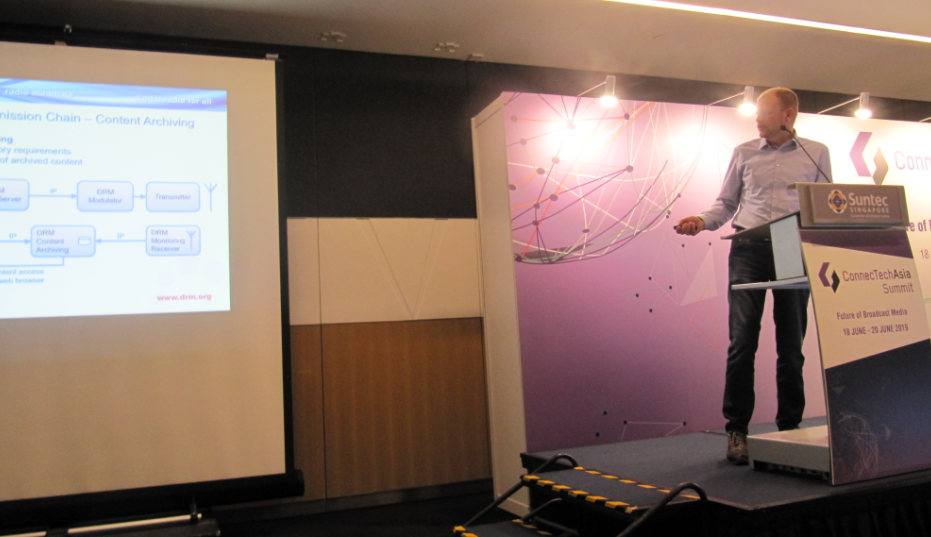
Dr. Albert Waal Head of Hardware Development, RFmondial DRM – Implementation Steps Financial Considerations. He discussed implementation of DRM in the FM band and upgradation of existing FM transmitter to DRM transmitter and detailed about the migration costs for doing so. Mr Albert DRM Field Trials & Case Studies for local DRM Services done in Johannesburg, South Africa; DRM Trial (in FM band) – Edinburgh, UK & DRM Local Coverage Trial by RRI, Indonesia in 2017 at Batam Indonesia – FM Transmitter Site.
Mr. Sharad Sadhu, Digital Radio Consultant presented DRM Digital Radio Implementation in general and Case study of India in particular besides speaking about DRM receivers. He mentioned that Public Service Broadcaster All India Radio (AIR) has got 675 Transmitters with break up of 138 MW, 48 SW and 489 FM transmitters,. Domestic coverage by pollution is 98.4% for MW, 52% for FM. He told that AIR DRM implementation is one of the largest digital radio deployment in the world having 39 DRM transmitters covering 0.5 billion people across the country.
Mr Sadhu also touched upon the RRI DRM trial in Bali Indonesia and mentioned that Radio Republik Indonesia announced in March 2019, at the DRM GA that it will acquire two DRM mediumwave transmitters for populated areas of Indonesia and two other transmitters to be used for emergency warning in west Sumatra and west Java. Sharad then discussed the status of DRM receivers and deployment as stand alone, in cars, desktop receivers and other receiver solutions. He mentioned that Over 1.5 million cars with DRM receivers are on the road in India and car manufacturers such as Mahindra, Hyhundai, Maruti, Suzuki are installing DRM receivers or have plans to install it in various models of car manufacturers.




